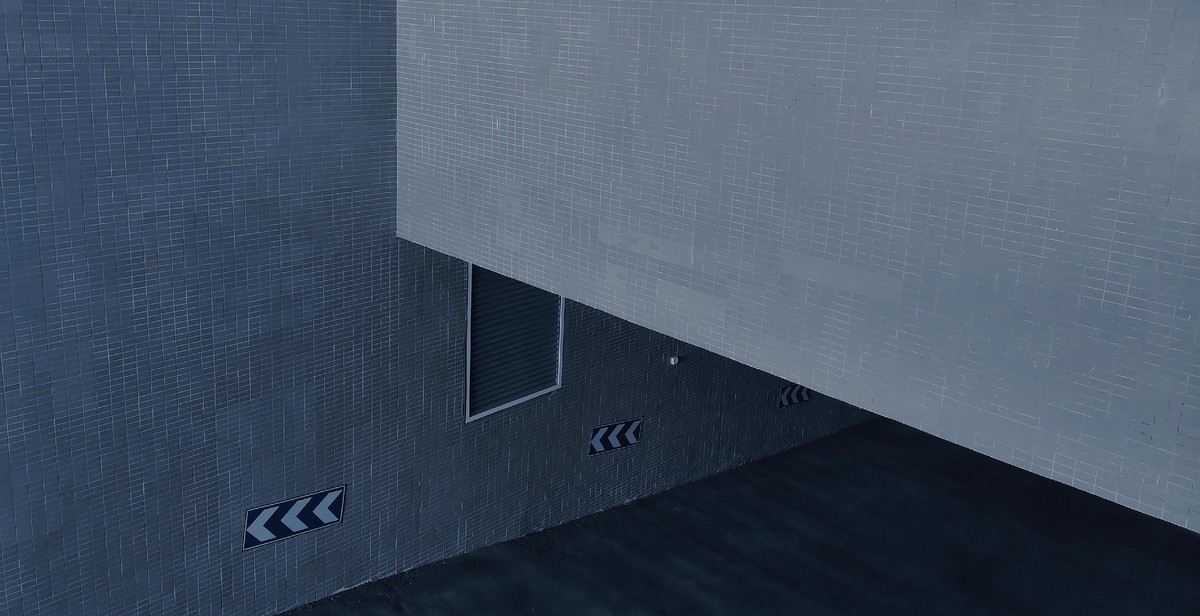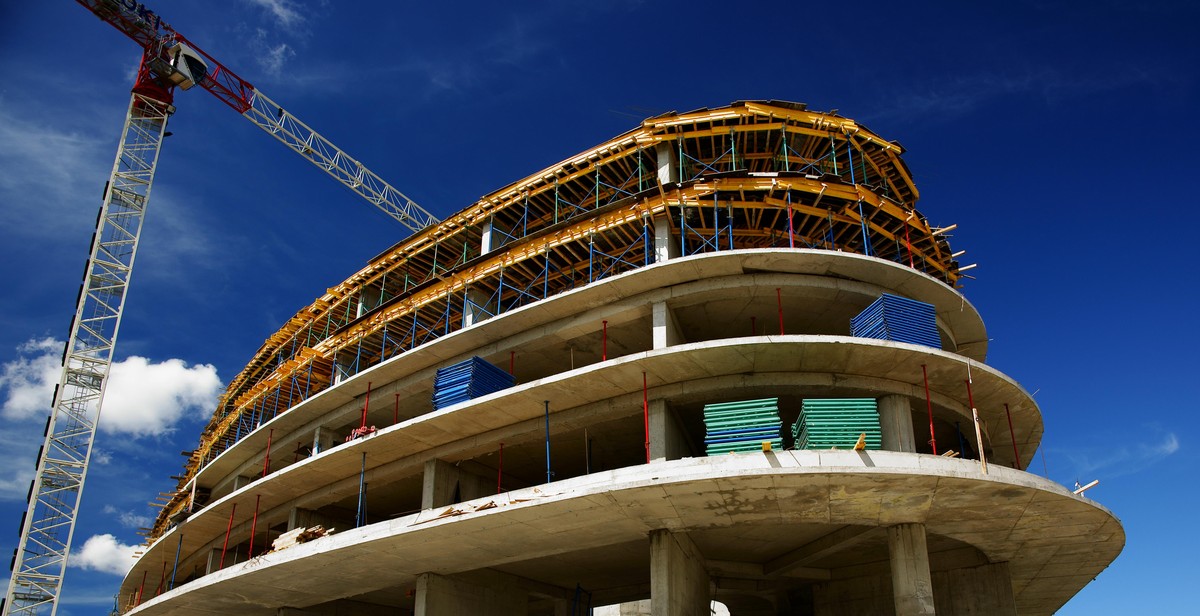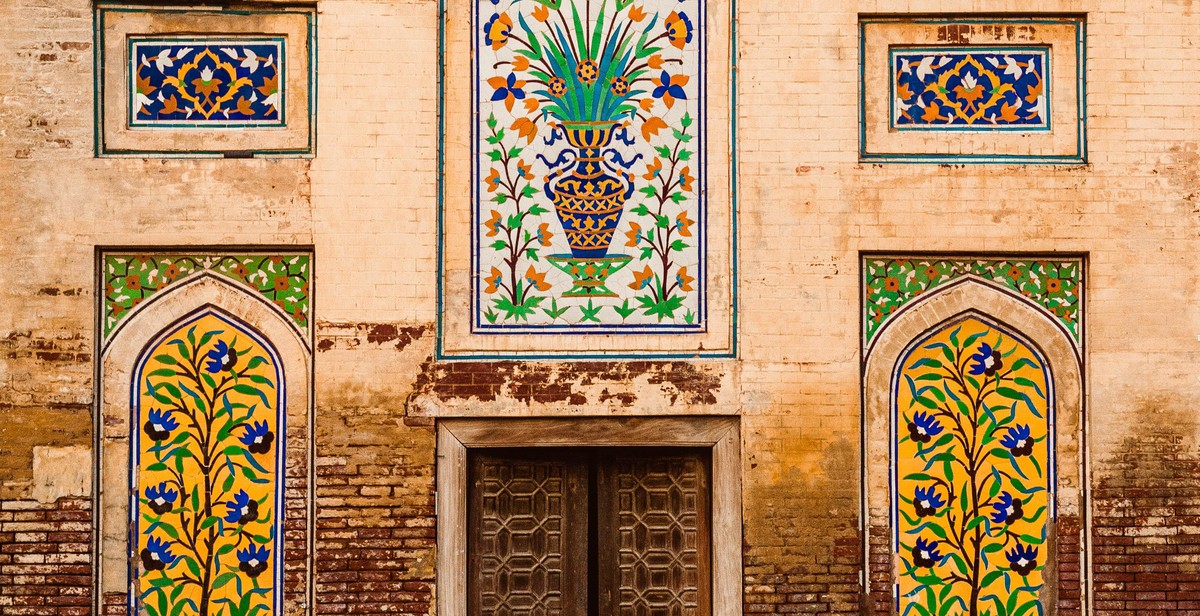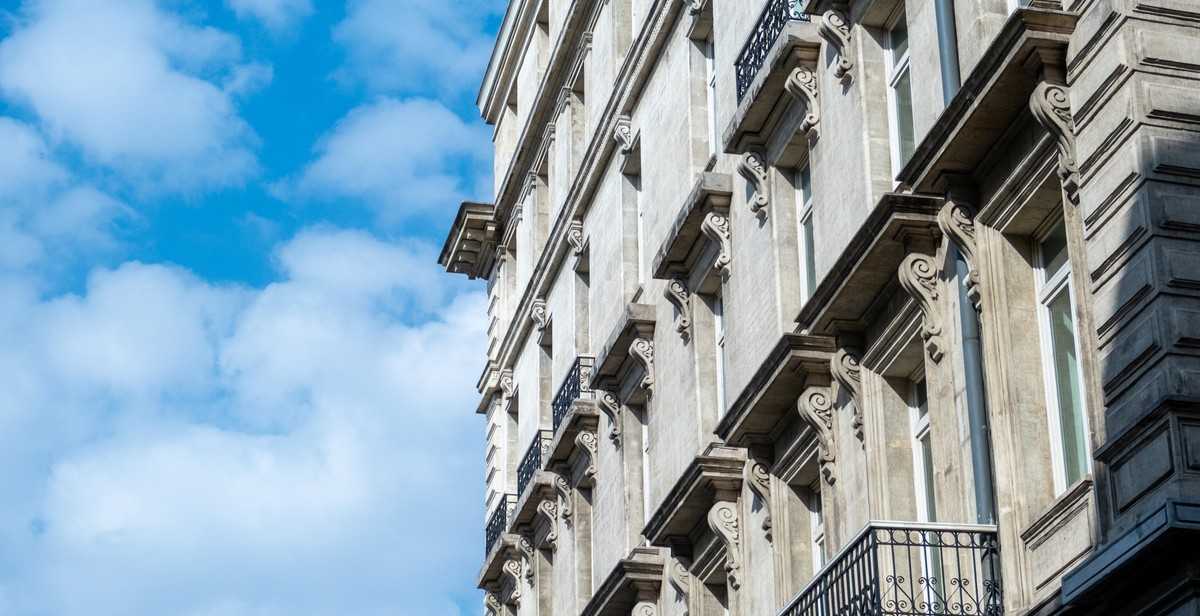How to Design a Modernist Architecture: Exploring Clean Lines and Functional Spaces
Modernist architecture is a style that emerged in the early 20th century and is characterized by its clean lines, functional spaces, and the use of modern materials such as glass, steel, and concrete. This style of architecture is popular for its simplicity and minimalism, which allows for a focus on the functionality of the building rather than ornamental details.
The modernist movement was a response to the ornate and decorative styles of the past, and it sought to create a new aesthetic that reflected the technological and social changes of the time. This style quickly gained popularity, especially in urban areas where there was a need for efficient and functional buildings.
What is modernist architecture?
Modernist architecture is a style that emphasizes simplicity, functionality, and the use of modern materials. It is characterized by its clean lines, geometric shapes, and lack of ornamentation. This style is often associated with the International Style, which emerged in the 1920s and 30s and was characterized by its use of glass, steel, and concrete.
Why is modernist architecture popular?
Modernist architecture is popular because of its clean and simple design, which allows for a focus on the functionality of the building. This style is often used in commercial and institutional buildings because of its efficiency and practicality. Additionally, modernist architecture is often associated with progress and innovation, making it a popular choice for buildings that want to convey a sense of modernity and forward-thinking.

Design Principles of Modernist Architecture
Modernist architecture is a design movement that emerged in the early 20th century and is characterized by clean lines and simple forms. The focus is on functionality and practicality, with an emphasis on creating spaces that are efficient and easy to use. Here are some key design principles of modernist architecture:
Clean Lines
One of the defining features of modernist architecture is its use of clean lines. Buildings are designed with a minimalist approach, with straight lines and simple geometric shapes. This creates a sense of order and clarity in the design, and helps to emphasize the function of the building. Clean lines are often achieved through the use of materials such as concrete, glass, and steel, which can be shaped and molded into precise forms.
Simple Forms
In addition to clean lines, modernist architecture also emphasizes simple forms. Buildings are designed with a focus on functionality, and unnecessary ornamentation is avoided. This creates a sense of simplicity and elegance in the design, and helps to highlight the essential elements of the building. Simple forms are often achieved through the use of basic shapes, such as squares, rectangles, and circles.
Functional Spaces
Perhaps the most important principle of modernist architecture is functionality. Buildings are designed with a focus on creating spaces that are efficient and easy to use. This means that spaces are often open and flexible, with a minimal amount of partitions or walls. The goal is to create spaces that can be used in a variety of ways, and that can adapt to the changing needs of the occupants. Functionality is achieved through careful consideration of the building’s layout, as well as the use of materials and finishes that are durable and easy to maintain.
Overall, modernist architecture is a design movement that emphasizes clean lines, simple forms, and functional spaces. By focusing on these key principles, architects can create buildings that are both beautiful and practical, and that can stand the test of time.

Materials Used in Modernist Architecture
Modernist architecture is characterized by its clean lines, functional spaces, and use of industrial materials. The materials used in modernist architecture are often chosen for their durability, strength, and ability to create a minimalist aesthetic. Three of the most common materials used in modernist architecture are concrete, glass, and steel.
Concrete
Concrete is a versatile and durable material that is commonly used in modernist architecture. It can be poured into any shape or size and has a high compressive strength, making it ideal for creating large, open spaces. Concrete can also be left unfinished to create a raw, industrial look, or it can be polished or painted for a more refined appearance. Some of the most iconic modernist buildings, such as the Sydney Opera House and the Guggenheim Museum in New York, are made of concrete.
Glass
Glass is another material commonly used in modernist architecture. It allows for natural light to enter a space, creating a bright and airy feel. Glass also has a minimalist aesthetic that complements the clean lines of modernist buildings. It can be used in a variety of ways, from large floor-to-ceiling windows to small, decorative accents. One of the most famous modernist buildings that extensively used glass is the Farnsworth House designed by Ludwig Mies van der Rohe.
Steel
Steel is a strong and durable material that is often used in modernist architecture for its ability to create large, open spaces. It can be used for framing, support, and cladding, and can be left exposed to create an industrial look. Steel is also a sustainable material, as it can be recycled and reused. Some of the most famous modernist buildings that extensively used steel are the Seagram Building in New York and the Habitat 67 in Montreal.
| Concrete | Glass | Steel | |
|---|---|---|---|
| Durability | High | Medium | High |
| Strength | High | Low | High |
| Flexibility | High | Low | High |
| Recyclability | Low | Low | High |
| Aesthetic | Raw or refined | Bright and airy | Industrial |

Famous Modernist Architects
Modernist architecture is a style that emerged in the early 20th century and was characterized by clean lines, functional spaces, and the use of modern materials such as steel and glass. Two of the most famous modernist architects are Le Corbusier and Frank Lloyd Wright.
Le Corbusier
Le Corbusier, born Charles-Édouard Jeanneret, was a Swiss-French architect, designer, and writer who is widely regarded as one of the pioneers of modern architecture. He believed that architecture should be functional, efficient, and beautiful, and his designs reflected this philosophy.
One of Le Corbusier’s most famous works is the Villa Savoye, which was completed in 1931. The villa is a masterpiece of modernist architecture, with its clean lines, open spaces, and use of modern materials such as reinforced concrete and glass. The building is also a prime example of Le Corbusier’s “five points of architecture,” which include pilotis (columns), a roof garden, an open floor plan, horizontal windows, and a free facade.
Frank Lloyd Wright
Frank Lloyd Wright was an American architect, interior designer, writer, and educator who is best known for his organic architecture style. He believed that buildings should be designed to harmonize with their natural surroundings and that architecture should be “of the site, not on the site.”
One of Wright’s most famous works is the Fallingwater house, which was completed in 1939. The house is built over a waterfall and is designed to blend seamlessly with its natural surroundings. The building is a prime example of Wright’s organic architecture style, with its use of natural materials such as stone and wood, and its integration with the surrounding landscape.
| Le Corbusier | Frank Lloyd Wright |
|---|---|
| Born in Switzerland in 1887 | Born in the United States in 1867 |
| Believed in functional, efficient, and beautiful design | Believed in organic architecture that harmonizes with nature |
| Designed the Villa Savoye | Designed Fallingwater |
Le Corbusier and Frank Lloyd Wright were both pioneers of modernist architecture and their designs continue to influence architects and designers around the world.

Examples of Modernist Architecture
Villa Savoye
Villa Savoye is a prime example of modernist architecture. Designed by the renowned architect Le Corbusier, the villa was built between 1928 and 1931 in Poissy, France. The villa’s design reflects the modernist principles of clean lines, functional spaces, and the use of modern materials such as reinforced concrete and glass.
The villa’s most notable feature is its “five points of architecture,” which Le Corbusier believed were essential for modernist design. These points included the use of pilotis (columns) to elevate the building, an open floor plan, horizontal windows, a roof garden, and a free façade.
The use of these principles allowed for a spacious and open interior that seamlessly connects with the surrounding landscape. The villa is also designed to take advantage of natural light and ventilation, with large windows and sliding doors that provide ample natural light and fresh air.
Farnsworth House
The Farnsworth House, located in Plano, Illinois, is another prime example of modernist architecture. Designed by Mies van der Rohe and completed in 1951, the Farnsworth House is a minimalist masterpiece that exemplifies the principles of modernist design.
The house is elevated on stilts, creating a sense of floating above the landscape. The interior is designed as an open floor plan, with floor-to-ceiling windows that provide stunning views of the surrounding nature. The use of glass and steel allows for a seamless connection between the interior and exterior, further blurring the boundaries between the two.
The Farnsworth House is a testament to the idea that modernist architecture can create a sense of harmony between humans and nature. Its simple and clean design allows for a peaceful and tranquil living experience, with a focus on functionality and practicality.
| Feature | Villa Savoye | Farnsworth House |
|---|---|---|
| Architect | Le Corbusier | Mies van der Rohe |
| Location | Poissy, France | Plano, Illinois |
| Construction materials | Reinforced concrete and glass | Glass and steel |
| Design principles | Five points of architecture | Minimalist design |
| Connection to nature | Seamless connection with the surrounding landscape | Focus on harmony between humans and nature |
Conclusion
Modernist architecture is all about simplicity and functionality. It emphasizes clean lines, open spaces, and the use of modern materials and technologies. If you’re looking to design a modernist building, there are a few key principles to keep in mind.
Focus on Functionality
One of the most important aspects of modernist architecture is its focus on functionality. Every design element should serve a purpose and contribute to the overall function of the building. This means that you should prioritize the needs of the occupants over aesthetic considerations.
Embrace Minimalism
Modernist architecture is all about minimalism. This means that you should strive to create a simple, uncluttered space that is free from unnecessary ornamentation. Emphasize clean lines and geometric shapes, and use neutral colors and natural materials to create a sense of calm and serenity.
Incorporate Technology
Modernist architecture is also characterized by its use of technology. Incorporate modern materials and technologies into your design, such as glass, steel, and concrete. These materials not only look sleek and modern, but they also offer a range of functional benefits, such as energy efficiency and durability.
Stay True to Your Vision
Finally, it’s important to stay true to your vision when designing a modernist building. Don’t be afraid to take risks and experiment with new ideas, but always keep the principles of modernism in mind. With a little creativity and a lot of dedication, you can create a beautiful, functional, and modernist building that will stand the test of time.
| Key Takeaways |
|---|
| • Modernist architecture emphasizes simplicity, functionality, and minimalism. |
| • Use modern materials and technologies to create a sleek and functional space. |
| • Prioritize the needs of the occupants over aesthetic considerations. |
| • Stay true to your vision and don’t be afraid to take risks. |
